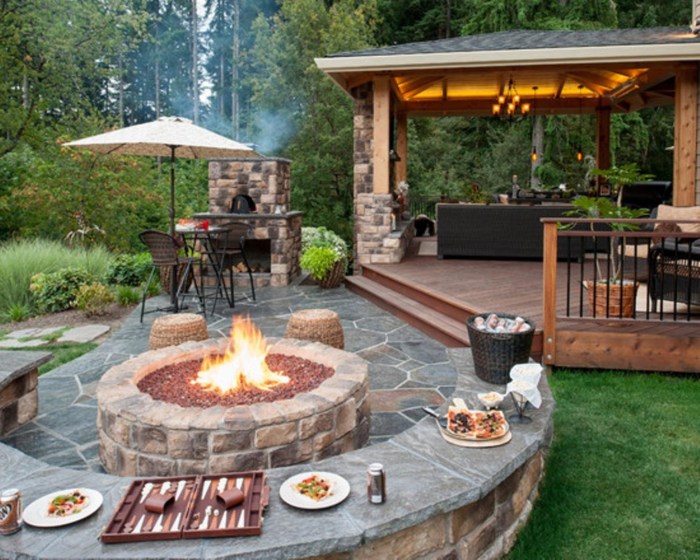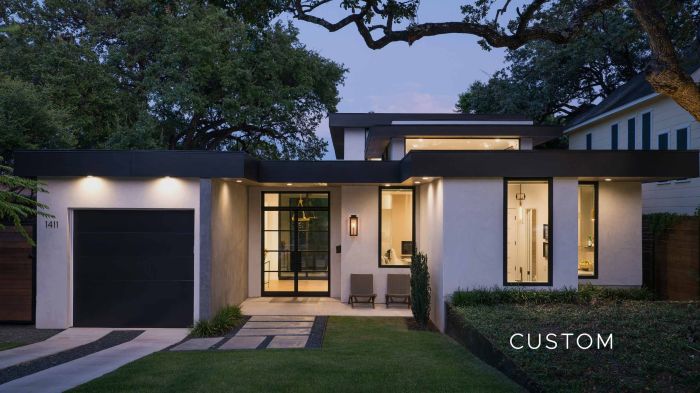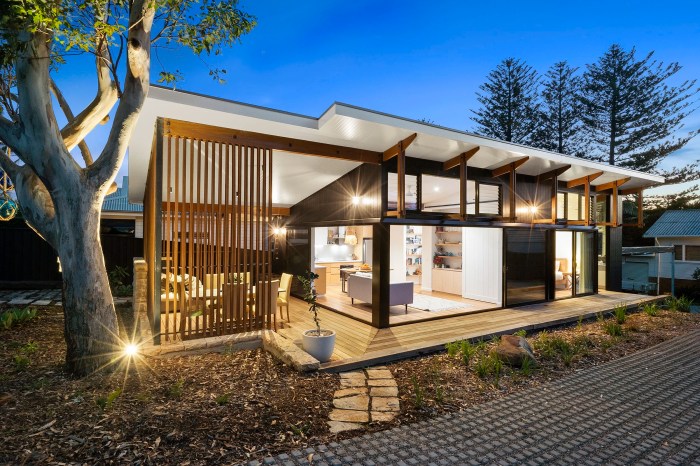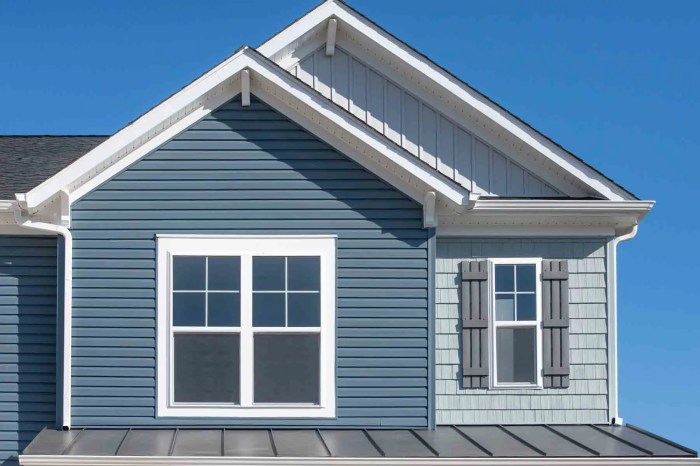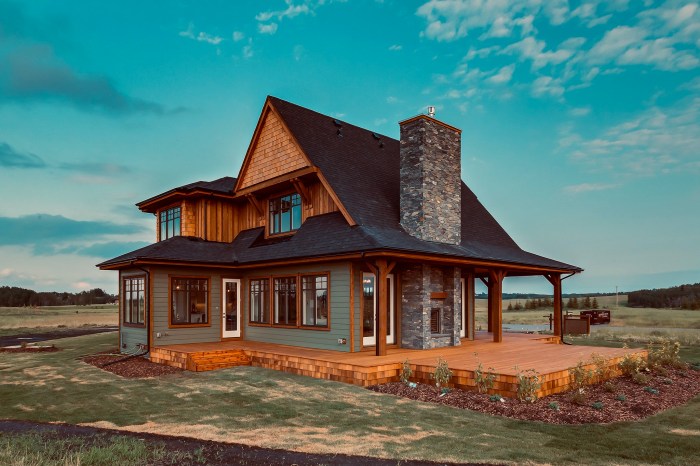Exploring the Global Siding and Roofing Landscape
Global siding and roofing lay the foundation for a fascinating exploration, offering a detailed look at an industry filled with innovation and opportunity. From the latest trends to key players, this topic delves into the intricacies of siding and roofing on a global scale.
As we delve deeper into the nuances of different siding materials and roofing systems around the world, a world of possibilities and challenges unfolds before us.
Overview of Global Siding and Roofing Industry
The global siding and roofing industry is experiencing several key trends that are shaping the market dynamics. With a growing focus on sustainability and energy efficiency, there is an increasing demand for eco-friendly materials and innovative roofing solutions. Additionally, technological advancements are driving the development of smart roofing systems that offer improved performance and durability.
Current Trends in the Global Siding and Roofing Market
- Increasing demand for eco-friendly materials
- Growing focus on energy efficiency
- Development of smart roofing systems
Key Players in the Global Siding and Roofing Industry
- ABC Supply Co. Inc.
- Owens Corning
- Beacon Roofing Supply Inc.
- Ply Gem Holdings Inc.
Impact of Global Economic Factors on the Siding and Roofing Sector
The global economic landscape plays a crucial role in shaping the siding and roofing industry. Factors such as interest rates, inflation, and GDP growth can influence consumer spending on home improvement projects, thereby impacting the demand for siding and roofing materials.
Additionally, fluctuations in raw material prices and trade policies can affect the overall cost structure of the industry.
Types of Siding Materials
When it comes to siding materials, there are various options available globally, each with its own set of advantages and disadvantages. Let's take a closer look at some of the most commonly used siding materials, comparing their durability, cost-effectiveness, and environmental impact.
Vinyl Siding
Vinyl siding is a popular choice due to its affordability and low maintenance requirements. It is durable, resistant to rot and insect damage, and comes in a wide range of colors and styles. However, it may crack or fade over time, especially in extreme weather conditions.
Fiber Cement Siding
Fiber cement siding is known for its strength and durability. It is resistant to fire, insects, and rot, making it a long-lasting option for homeowners. While it may be more expensive upfront, its longevity and low maintenance costs make it a cost-effective choice in the long run.
Wood Siding
Wood siding offers a classic, natural look to homes and is environmentally friendly if sourced from sustainable forests. However, it requires regular maintenance such as painting or staining to prevent rot and insect damage. Wood siding can be costly upfront and may need more upkeep compared to other materials.
Aluminum Siding
Aluminum siding is lightweight, durable, and resistant to corrosion. It is a low-maintenance option that can last for many years. While it may dent easily, especially in areas prone to severe weather, it is a cost-effective choice for homeowners looking for a long-lasting siding material.
Roofing Systems Around the World

When it comes to roofing systems, different regions around the world have their own unique preferences and requirements. The choice of roofing materials and designs often depends on the climate conditions of the area.
Asphalt Shingles
- In North America, asphalt shingles are one of the most popular roofing materials due to their affordability, durability, and variety of colors.
- Asphalt shingles are designed to withstand harsh weather conditions, making them a common choice in regions with extreme temperature changes.
- They are relatively easy to install and maintain, making them a practical option for many homeowners.
Terracotta Tiles
- In Mediterranean countries like Spain and Italy, terracotta tiles are a traditional roofing material that reflects the region's architectural style.
- These clay tiles are known for their longevity and ability to keep homes cool during hot summers.
- While terracotta tiles may be more expensive than other roofing materials, their aesthetic appeal and durability make them a popular choice in warm climates.
Metal Roofing
- In countries like Australia and New Zealand, metal roofing is commonly used due to its lightweight nature and ability to withstand harsh weather conditions.
- Metal roofs are known for their longevity, energy efficiency, and recyclability, making them an environmentally friendly option.
- The versatility of metal roofing allows for various designs and finishes, catering to different architectural styles.
Thatched Roofing
- In regions like Africa and parts of Asia, thatched roofing made from natural materials like straw or reeds is a common choice.
- Thatched roofs provide natural insulation, keeping homes cool in hot climates and warm in colder seasons.
- While thatched roofing requires regular maintenance and may not be as fire-resistant as other materials, it remains a sustainable and eco-friendly option.
Sustainable Practices in the Siding and Roofing Industry

In recent years, the siding and roofing industry has been increasingly focusing on adopting sustainable practices to reduce environmental impact and promote eco-friendly solutions.
Use of Recycled Materials
- Many global siding and roofing companies are incorporating recycled materials into their products, such as recycled steel, aluminum, and plastic.
- This practice helps reduce waste, conserve natural resources, and lower energy consumption during the manufacturing process.
- Using recycled materials also contributes to a decrease in greenhouse gas emissions, promoting a more sustainable industry overall.
Energy-Efficient Designs
- Siding and roofing companies are developing energy-efficient designs that improve insulation and reduce the need for heating and cooling, leading to lower energy consumption in buildings.
- By focusing on energy efficiency, these companies are not only reducing environmental impact but also helping homeowners save on energy costs in the long run.
- Energy-efficient designs also contribute to a more comfortable indoor environment by maintaining consistent temperatures throughout the year.
Certifications and Regulations
- Various certifications and regulations play a crucial role in promoting sustainability within the siding and roofing industry.
- Companies that adhere to eco-friendly practices and use sustainable materials can obtain certifications that demonstrate their commitment to environmental responsibility.
- Regulations set by governing bodies ensure that industry standards are met, leading to a more sustainable approach to siding and roofing projects.
Closing Summary
In conclusion, the global siding and roofing industry stands at the crossroads of sustainability, innovation, and economic factors. This discussion has shed light on the diverse facets of this dynamic sector, paving the way for future developments and advancements.
FAQ Explained
What are the common trends in the global siding and roofing market?
Common trends include increased use of eco-friendly materials, technological advancements in roofing systems, and a growing focus on sustainability.
Who are some key players in the global siding and roofing industry?
Major players include CertainTeed Corporation, Owens Corning, and GAF Materials Corporation.
How do different siding materials compare in terms of durability and cost-effectiveness?
Vinyl siding is known for its durability and affordability, while fiber cement offers a balance of durability and aesthetic appeal.
What are some popular roofing systems used in different regions worldwide?
Examples include asphalt shingles in North America, clay tiles in Mediterranean regions, and thatch roofing in tropical areas.
What sustainable practices are adopted by global siding and roofing companies?
Companies often use recycled materials, implement energy-efficient processes, and promote waste reduction strategies.
